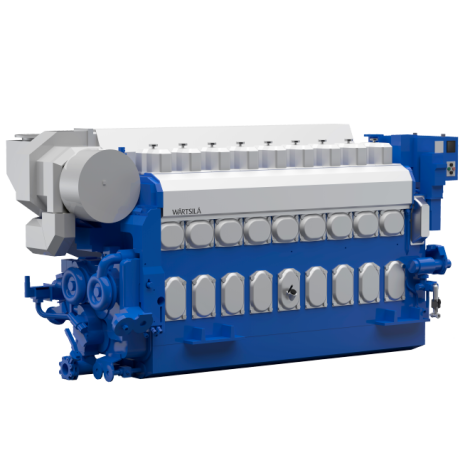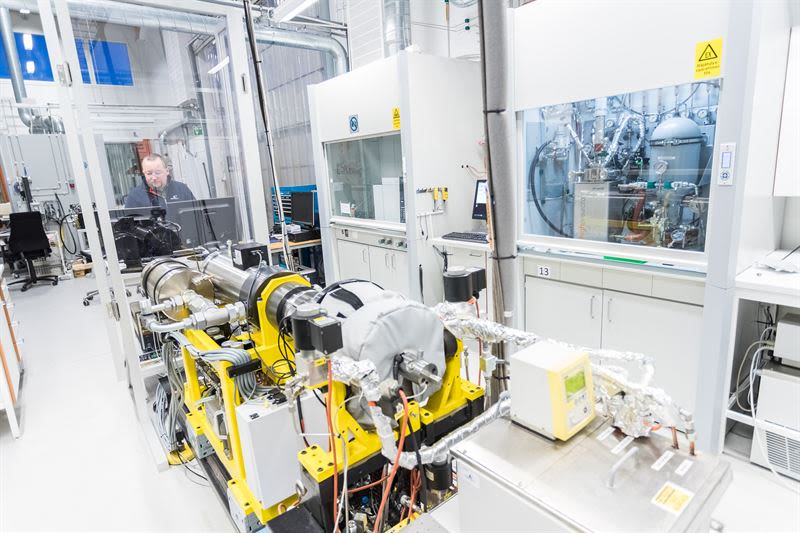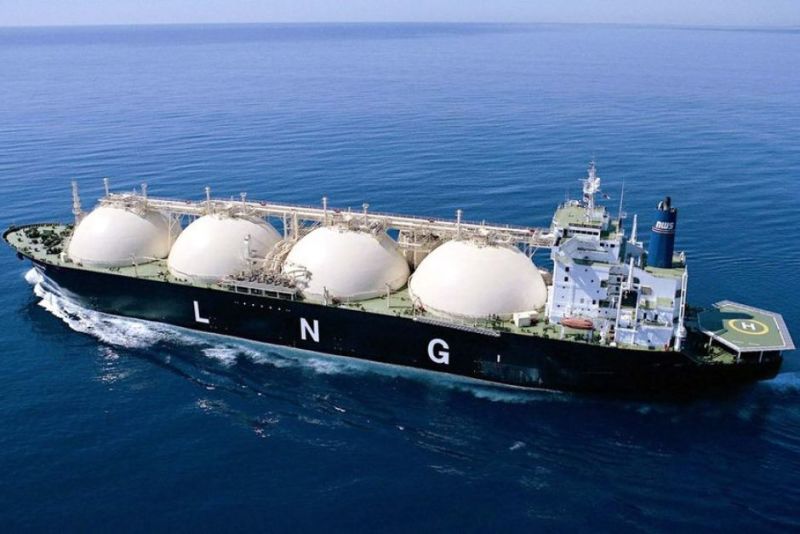Early 2021 for 1st Ammonia Full Scale Marine Engine Test:
“Wärtsilä, Knutsen OAS Shipping AS, and Repsol, and the Sustainable Energy Catapult Center, have teamed for the effort, as ammonia offers promise as a carbon-free fuel for marine applications, to meet the IMO’s mandate of cutting emissions from shipping by at least 50 percent by 2050.
Development work by Wärtsilä, as it prepares for the use of ammonia as a fuel, continues with this testing program, which is touted as the world`s first full-scale four-stroke combustion engine test. The project will commence in the Sustainable Energy Catapult Center’s testing facilities at Stord, Norway during the first quarter of 2021.”
- MarineLink
A Wärtsilä 9L20 model. A 9cyl ‘small’ Marine Diesel Engine capable of 1980kW or 2650bhp on diesel fuel. The Wärtsilä 20 series are engines that could be used for testing:


“Ammonia has a number of properties that require further investigation. It ignites and burns poorly compared to other fuels and is toxic and corrosive, making safe handling and storage important. Burning ammonia could also lead to higher NOx emissions unless controlled either by aftertreatment or by optimizing the combustion process. A regulatory framework and class rules will need to be developed for its use as a marine fuel.
Wärtsilä is investigating several future fuels, including synthetic methane, ammonia, hydrogen and methanol, with a view to providing complete flexibility across engines and the fuel chain. Internal combustion engines can be adapted to burn any fuel. Dual-fuel or spark-ignited engines are already capable of burning liquified natural gas - from fossil, biomass or synthetic sources – while diesel engines can run on liquid biofuels, biodiesel or e-diesel”
- Wärtsilä Marine
Why is this important?
Ammonia differs in composition to the typical fuels we currently use that are composed primarily of hydrocarbons CXHx . Octane for example is C8H18. It is thus regarded as a “carbon free fuel”.
In the marine sector we primarily use hydrocarbon fuels of diesel and heavier fuel oils that contain sulphur (now content limited to 5000ppm worldwide and 1000ppm in designated emission controlled areas) as well as other impurities that lead to undesirable combustion products of CO2, NOx, SOx, and ash that are leading to climate change. Much like the automotive industry the marine industry is also engaged in reducing pollution and emissions.
Marine vessel adoption into engines that run primarily on Natural Gas (mostly CH4) still develop CO2 and NOx (albeit lower) as a product of combustion, however Sulphur SOx and ash are almost eliminated. Worldwide infrastructure is limited and system designs make LNG storage and thus NG fuelled vessel currently limited to mostly coastal applications, particularly in emission controlled areas. The exception being LNG tankers which draw off a small portion of the cargo during the voyage.

Ammonia composition is NH3 by which does not contain the carbon element. And so CO2is not produced when used as a fuel.
Combustion: 4 NH3 + 3 O2 → 2 N2 + 6 H2O (g) + Energy
Also produced in the combustion process is of course NO and NO2or NOx:
4 NH3 + 5 O2 → 4 NO + 6 H2O
2 NO +O2 → 2 NO2
Wärtsilä mentioned that ammonia combustion could lead to “increased NOx emissions unless controlled either by aftertreatment or by optimising the combustion process”.
It’s likely they will explore and use both to combat this. Wärtsilä and other marine engine manufactures currently have urea injection and selective catalytic reduction for NOx emissions for current fuel oil engines to meet current emission regulations regarding NOx emissions. This is a similar system to what modern diesel pickups and trucks use, only bigger in scale:
Previously noted issues regarding ammonia are it’s toxic vapours which in even small doses can be hazardous to health and that it becomes highly corrosive when mixed with water. These will have to be factored into application with regards to vessels in terms of storage, handling/transfer, system maintenance/repair and leakage monitoring.
I had heard of this previously being explored but had not actively looked into it. The sector is concerned that it will not be able to meet the future emission targets to be set out with regards to longer transoceanic voyages as fuel oils are still the only current viable option at present.
I hope you found this interesting!